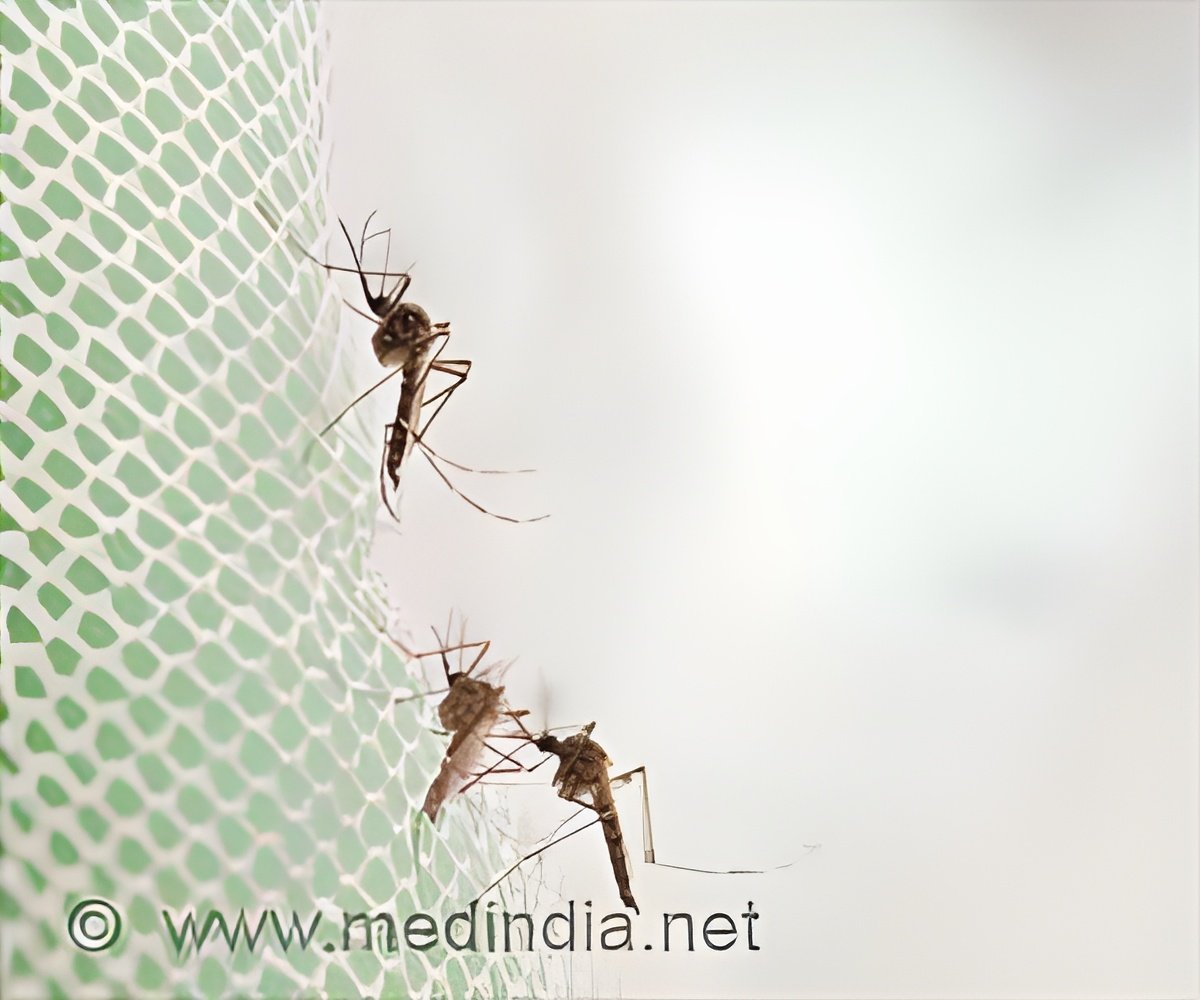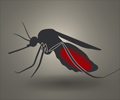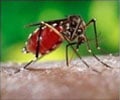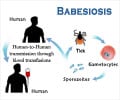Scientists dissect out genetic diversity in Plasmodium falciparum, a malarial parasite, that aids immune evasion.

Role for gene conversion in the evolution of cell-surface antigens of the malaria parasite Plasmodium falciparum
Go to source). Malaria is most commonly transmitted through the bites of female Anopheles mosquitoes infected with P. falciparum.
The latest world malaria report states that in 2022, there were an estimated 249 million malaria cases and over 600,000 malaria deaths across the globe.
94% of malaria cases and 95% of malaria deaths are found in Africa, with infants, pregnant women, travellers, and people with HIV/AIDS being at higher risk.
‘Plasmodium falciparum, the deadliest malaria parasite, utilizes gene conversion to rapidly diversify surface protein genes, aiding its evasion of the human immune system and explaining the presence of genetic diversity hotspots.
#malaria #parasite #geneticdiversity
’





Advertisement
Gene Conversion and Immune Resistance
The new study provides key insights into the evolutionary history of P. falciparum through the analysis of two genes that encode surface proteins critical to immune evasion. The genes in question are DBLMSP and DBLMSP2.These findings deepen our understanding of how the malaria parasite has evolved and could help to inform new approaches to vaccine development, offering hope for more effective prevention methods against a disease that continues to impact millions globally.
Usually, the sequence of an individual’s gene is inherited from their parents, but in some circumstances, part of a gene sequence can be copied between different genes on the same DNA molecule – this is known as non-allelic gene conversion.
This process has been linked to the evolution of important gene families, including those involved in the functioning of the human immune system.
Did You Know?
Approximately 94% of malaria cases and deaths occur in sub-Saharan Africa, primarily impacting young children and pregnant women.
Since these proteins are exposed to, and interact with our immune system, they are potential vaccine targets, and a fuller understanding of their genetic diversity could be very valuable for vaccine design.
"The discovery of 'copy-paste' genetics within malaria's DNA reveals the impact of an underestimated evolutionary mechanism," said Brice Letcher, Postdoctoral Researcher at the Laboratory for Biology and Modelling of the Cell (LBMC, France) and former PhD student at EMBL-EBI.
"Here we show that gene conversion was a potentially important strategy behind malaria’s ability to adapt and thrive in humans, including possibly to evade the human immune system. Understanding this genetic flexibility offers new perspectives on malaria's persistence in and adaptation to the human host."
Advertisement
Lethality Code of Malaria Parasites
Any immune-interacting protein is potentially a vaccine target, but knowledge of global genetic diversity is an important requirement for vaccine development.For example, influenza and SARS-CoV-2 vaccines are developed based on the knowledge of how their genomes have evolved.
However, the very unusual hotspots of genetic diversity in the P. falciparum DBLMSP and DBLMSP2 genes are so extreme that current algorithms for mapping genetic variants failed to capture them, leaving researchers unaware of a large proportion of the variation in these genes.
To address this, the researchers developed new bioinformatics software that uses genome graphs and analysed a broad sample of parasites from 29 countries.
This new approach revealed a wide range of previously hidden variants, and with these, they were able to demonstrate that multiple gene conversion events had occurred. These new variants, available for download from the website linked to the study, provide a valuable resource for the malaria research community.
"Genome graphs are a great bioinformatics method to help us decode the complex genetic landscapes arising from the interplay between pathogens and human hosts," said Sorina Maciuca, co-author and former PhD student in the Iqbal group and Genomics Data Scientist at Genomics England.
"They allow us to take into account a broader spectrum of genetic diversity and obtain new insights into how pathogens like P. falciparum evolve and evade our immune defences."
Advertisement
What are genome graphs?
The traditional approach in genomics is to define one reference genome and describe any other genome as a set of small differences from this reference. This does not work well when genomes differ too much.Genome graphs take a population of genomes and build an ensemble reference which is aware of all of the genetic variation in the species.
"This research provides a comprehensive map of genetic diversity of these two fascinating genes in P. falciparum," said Zamin Iqbal, Group Leader at EMBL-EBI and Professor of Algorithmic and Microbial Genomics at the University of Bath.
"We have been trying to understand the unusual patterns in these genes for almost a decade now, and our best hypothesis had been that the really different “versions’’ of the gene were being preserved by natural selection, for unknown reasons. We have shown here that, in fact, this copying mechanism – gene conversion – has been repeatedly creating these anomalous different “versions” of the genes. This data not only enhances our grasp of malaria's biology, but also will be valuable to researchers across the world studying these genes and their interaction with our immune system."
Reference:
- Role for gene conversion in the evolution of cell-surface antigens of the malaria parasite Plasmodium falciparum - (https://journals.plos.org/plosbiology/article?id=10.1371/journal.pbio.3002507)
Source-Eurekalert













